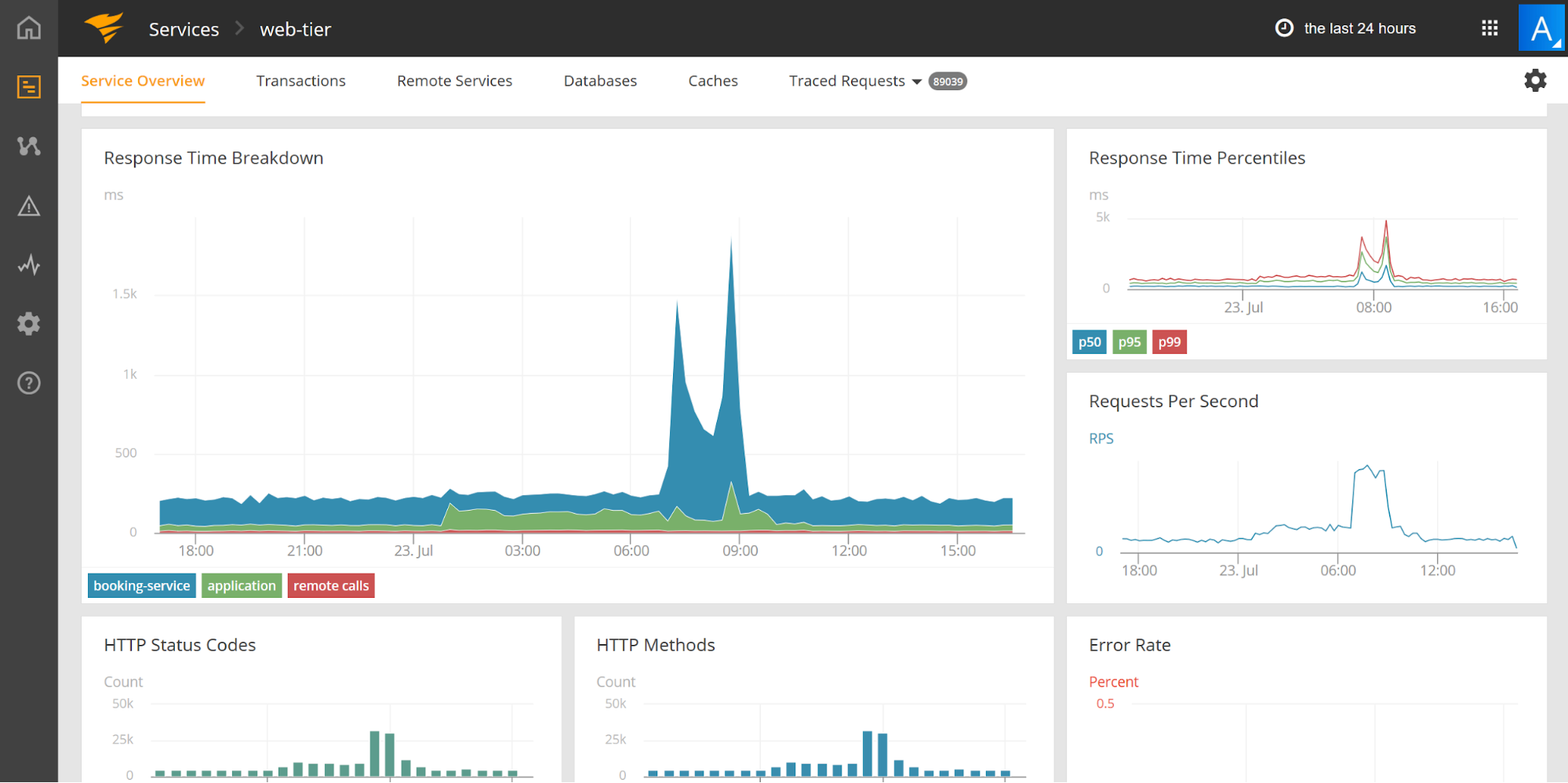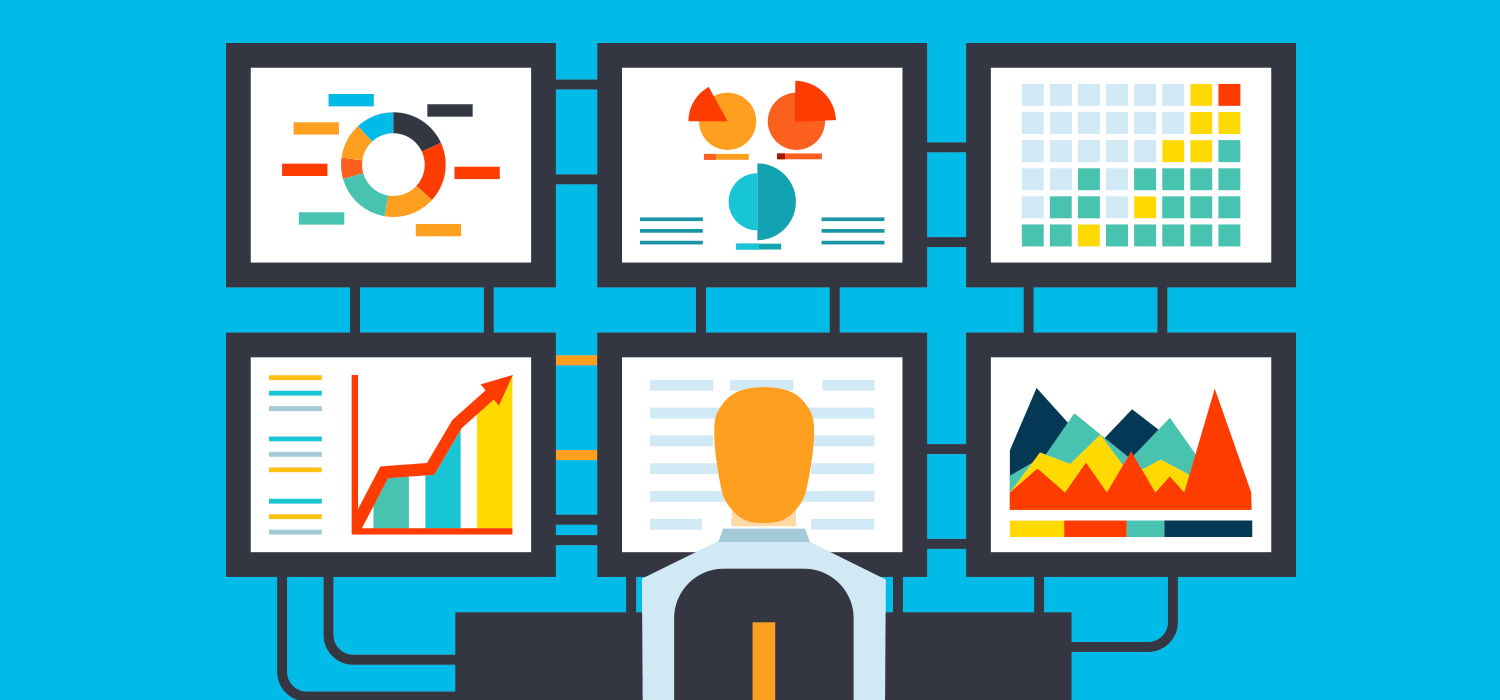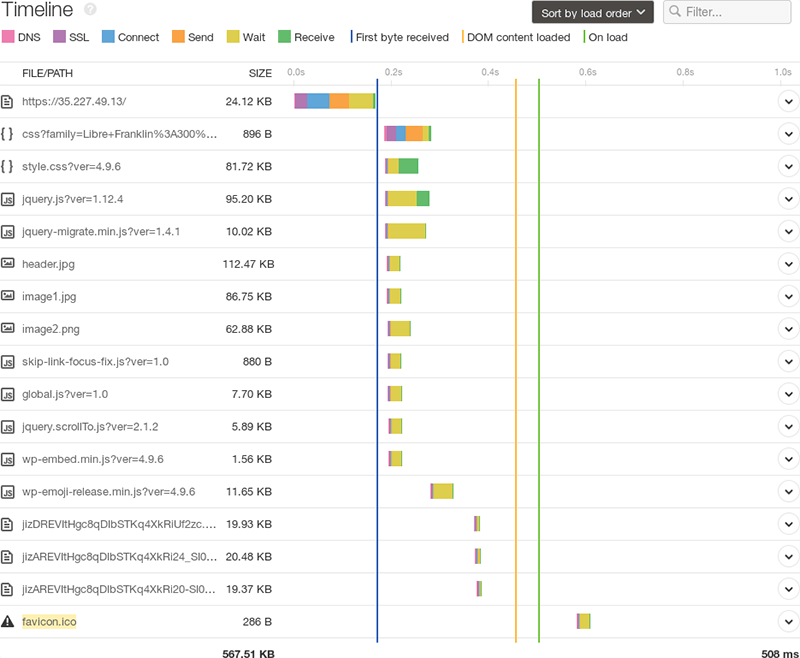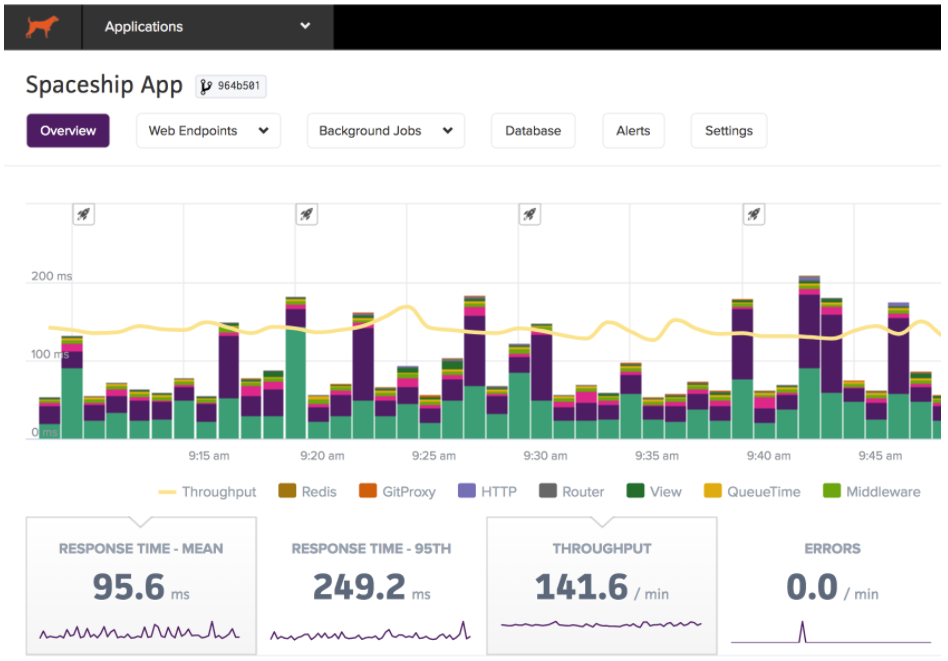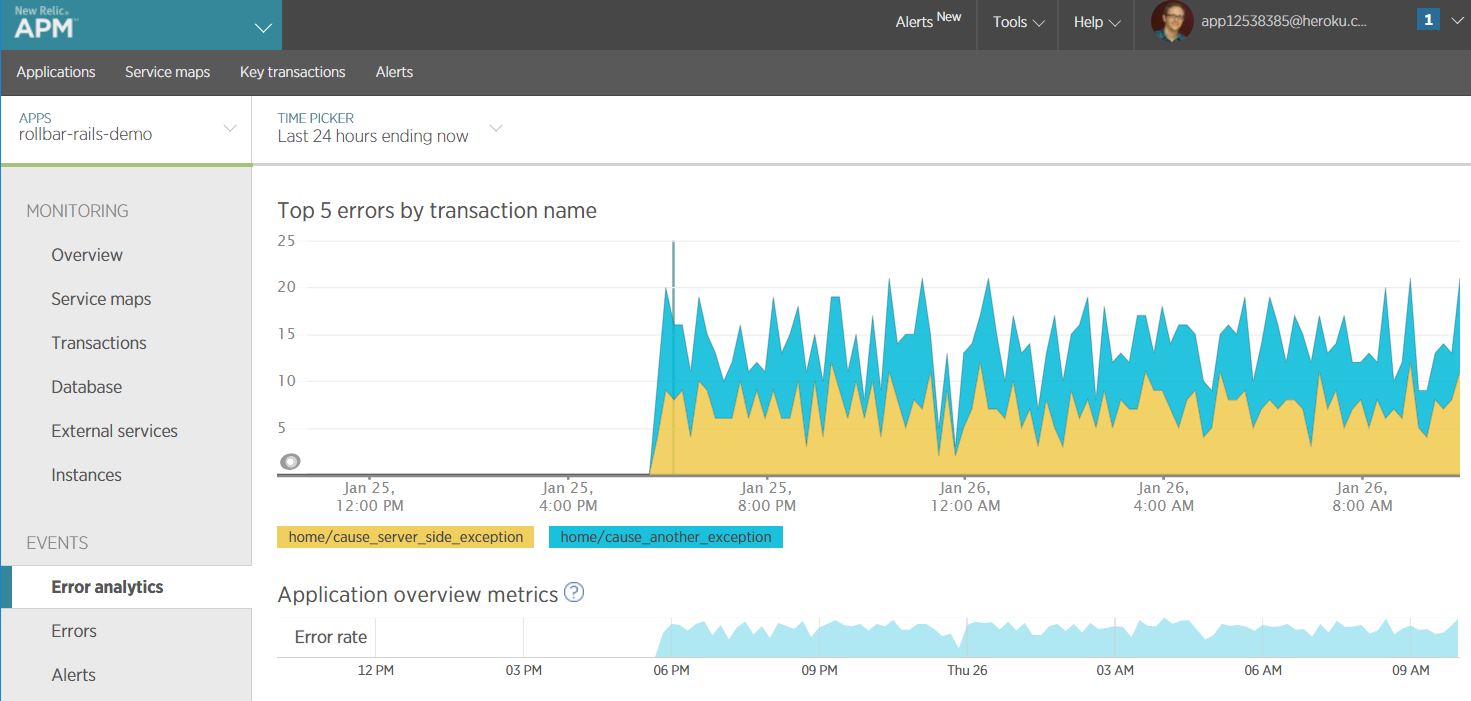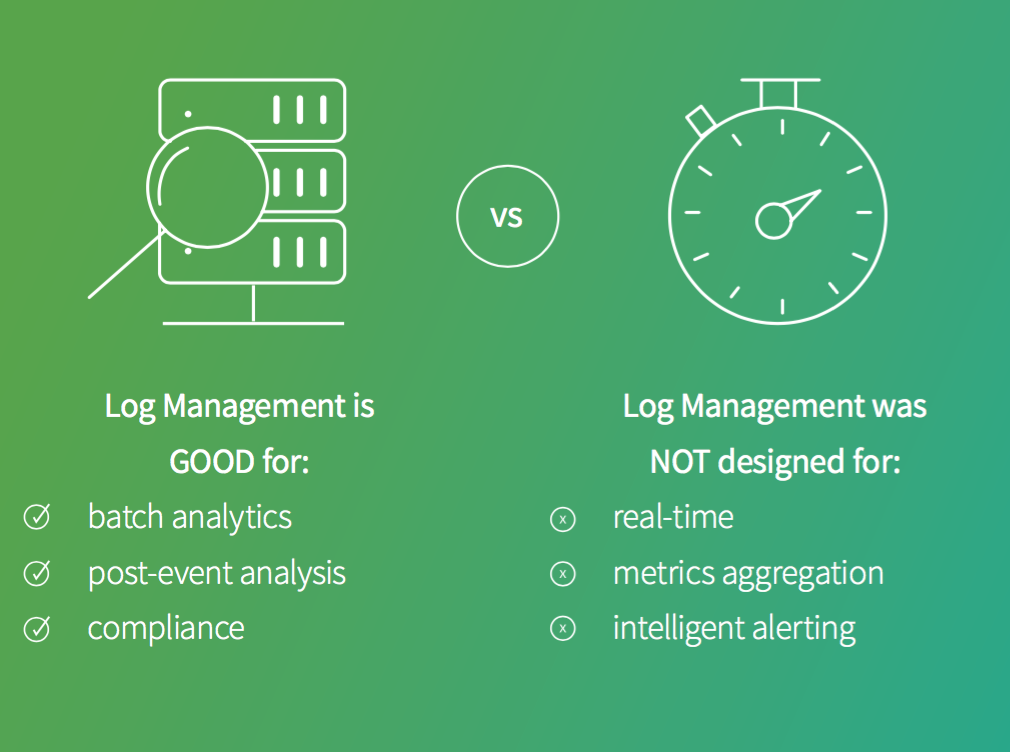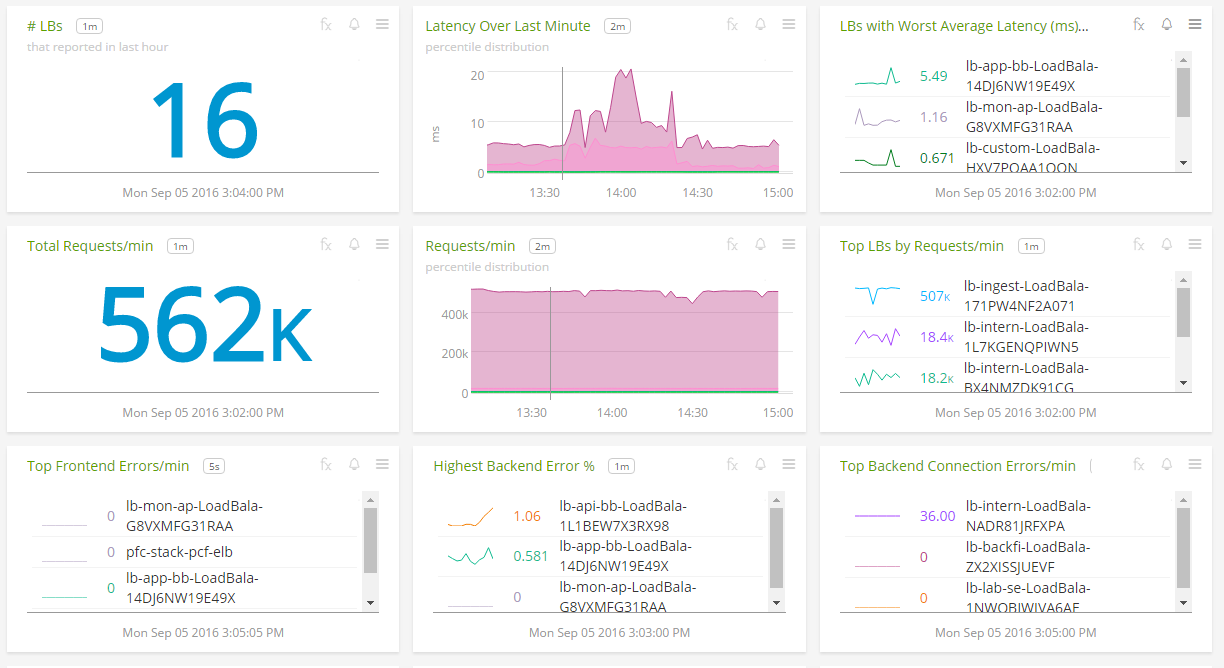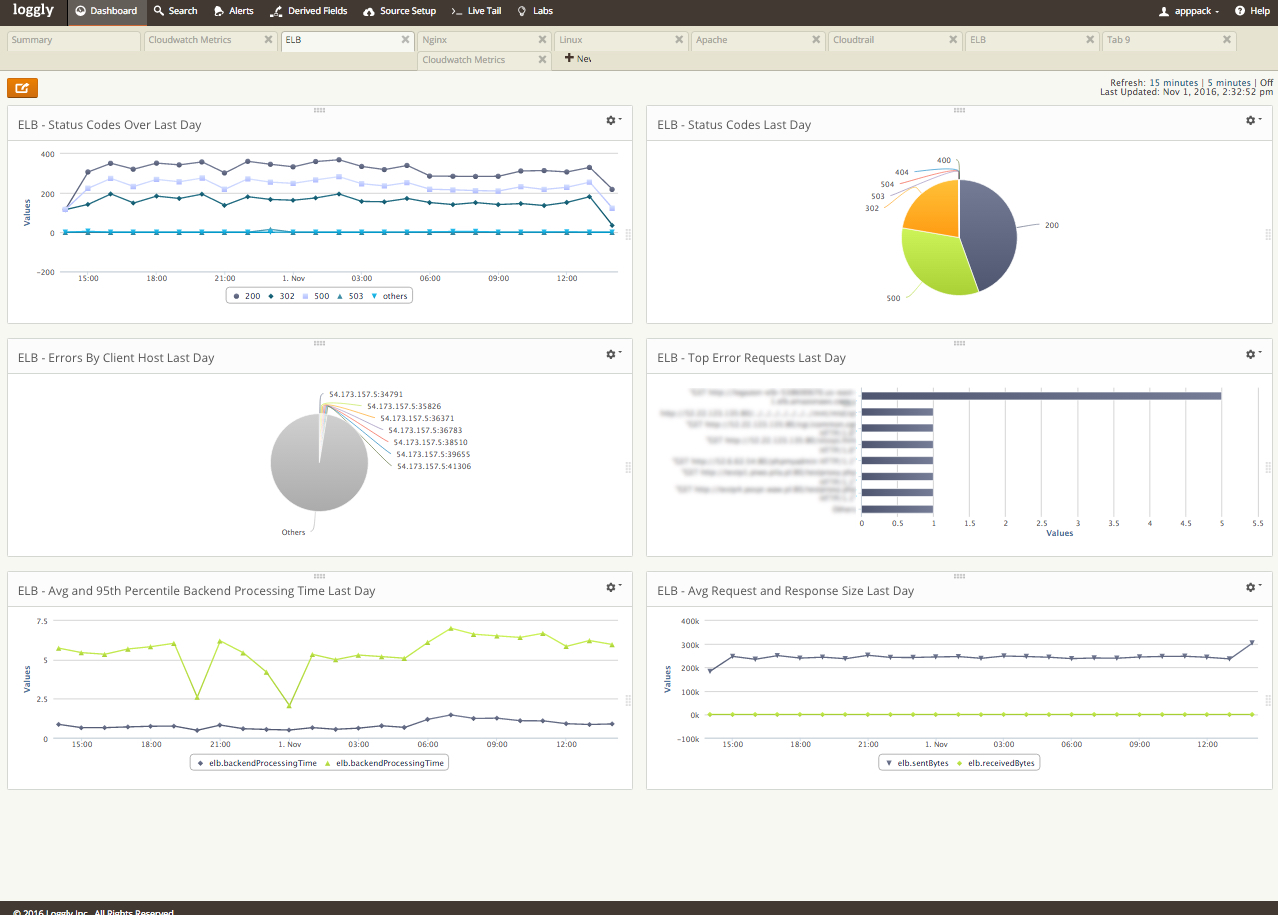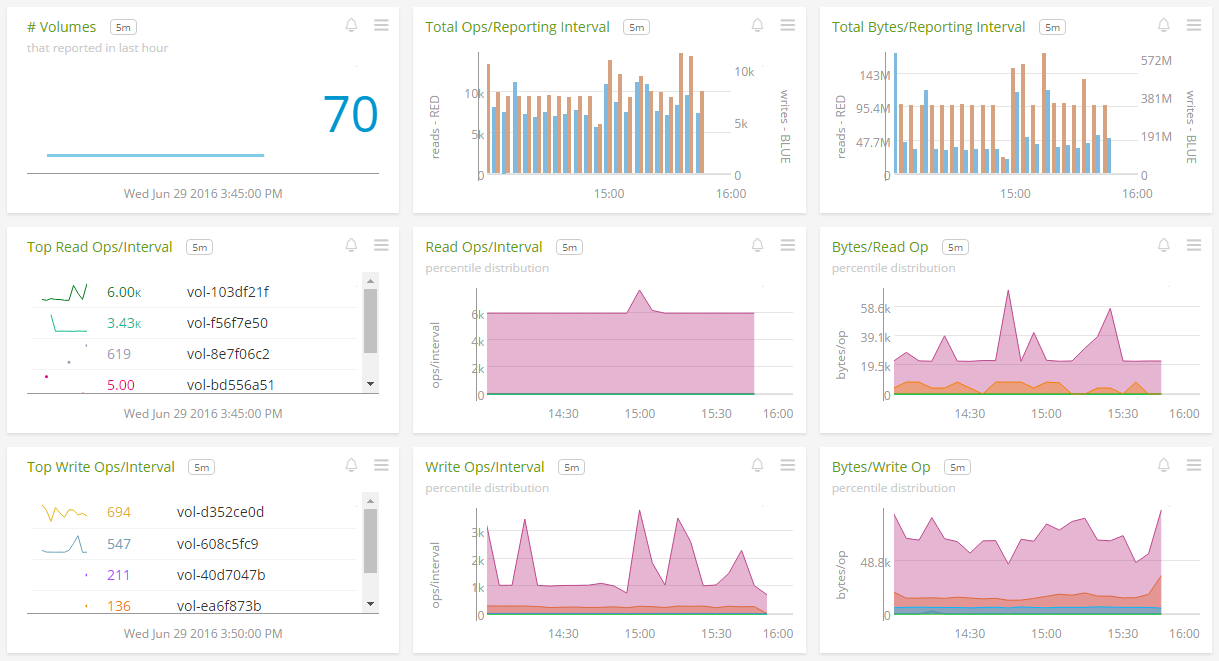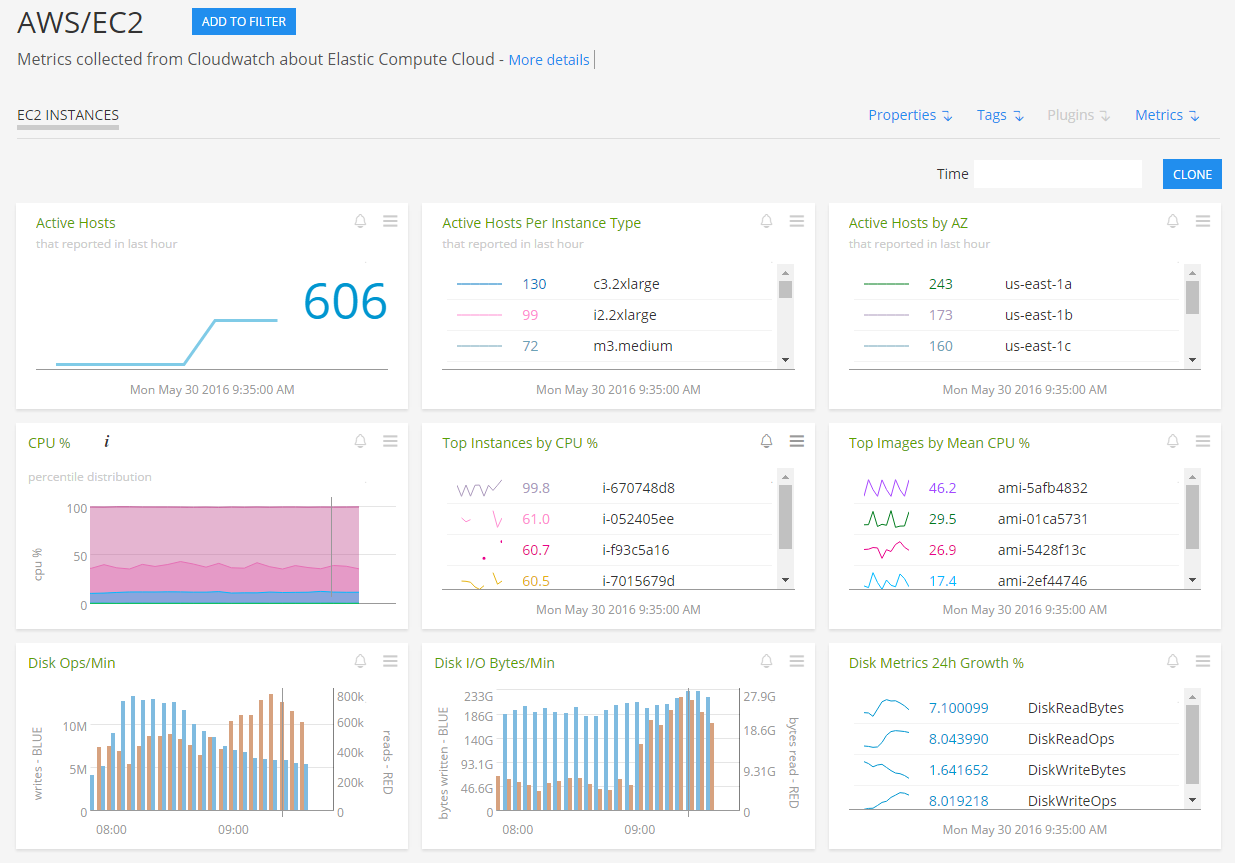The Four Golden Signals for Monitoring Distributed Systems
August 15, 2018
Modern distributed systems give off hundreds of metrics in the form of infrastructure and host metrics. It’s not practical to monitor all of these constantly, so we recommend picking a subset that serves as your application’s key performance indicators.


